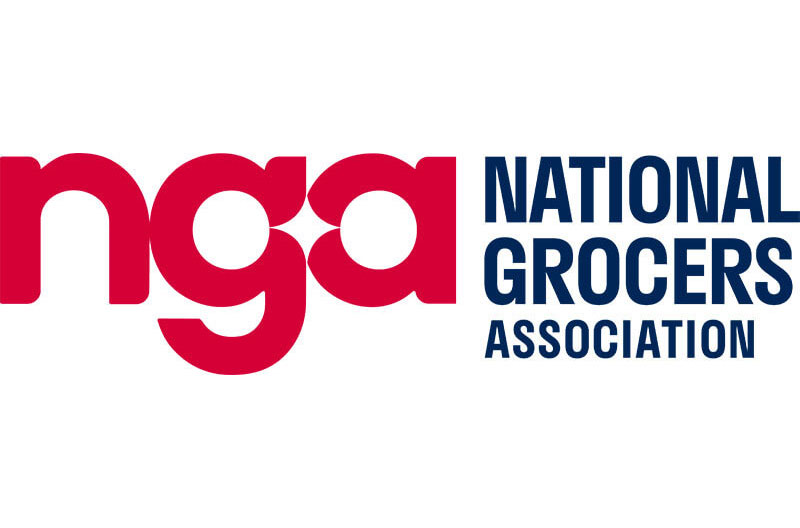Operational shrink may amount to $210,000 per store per year. The good news is that more than 50 percent of that is controllable.
In a recent webinar hosted by NGA, Nick Lenzi, SVP of marketing at Lipari Foods, shared 20 “nickels” – costs savings throughout a grocery operation – which, when added up, will equal the total shrink dollars many retailers are looking for.
With more than 40 years of retail experience and collaborative work with many asset protection and loss prevention teams, Lenzi delivered this presentation to a packed room at the 2024 NGA Show in March. For those unable to attend the show in Las Vegas, or for those who missed it at the show, the webinar provided another opportunity to hear Lenzi’s guidance on minimizing shrink and improving profitability.
[Related: 2024 NGA Show Wraps Up Record-Setting Three-Day Run]
Here are some key takeaways from the presentation:
By the numbers. 64% of shrink is operational, 36 percent is theft. Average annual shrink per store is $210,000 – 57 percent of that is preventable, $120,000 is controllable. Perishables tend to have much higher shrink, particularly deli, bakery, floral and seafood.
Optimizing produce shrink. Code dating identifies obvious ordering issues and ensures proper rotation. The goal is to optimize shrink, not control it. When you control shrink, the unintended consequence is that you control sales. Produce is available for sale changes, which impacts variety and image. Clerks are afraid to cull and pitch, thereby leaving poor product on the shelf. Evaluate duplicate SKUs – variety is not as important as large displays of high-volume items.
Controlling operational shrink starts with accurate orders. Orders should be written on the sales floor after a thorough inventory of product in the backroom. Consider sales on different days of week and for different varieties. A.I. ordering can result in increased margin and sales, as well as labor savings.
Control rotation of bagged salads and yogurt. There’s 11-20 percent shrink in bagged salads, and 13-21 percent in yogurt, depending on retailer and set size. Health inspectors will routinely seek out these departments first for out-of-code product left on shelf.
Pricing and scanning. FTC data suggests up to 3.5 percent of all transactions scan incorrectly. Areas to watch for shrink: signage and bib tags, sale prices mistakenly left up after sale end date, rain checks and substitutions, after-ad sale prices to clean up inventory. Be sure to immediately revert to regular retail once excess has sold. Update old PLUs in scales. Whenever possible, pre-program tare into scales.
Don’t overdo it. Overportioning can result in shrink by straying from recipes for prepared food items, e.g. deli sub sandwiches. This can cut into margins, as can making more items than you can sell. Produce what you need, then look full; never produce what you need to look full.
Trim standards for meat. This is critical, especially as costs continue to escalate. Trim chops, steaks and roasts to a quarter-inch external fat cover, or the thickness of four quarters.
Credits for damaged goods. Make sure to return unsellable items for credit; shore up your credit-handling procedures.
Receiving. Maintain visual of unlocked receiving doors; when no one is present, doors should be secured. High-value merchandise should be secured immediately.
Self-checkouts. Many stores have 40 percent of their transactions running through self-checkouts. Potential sources for error: coupons, customer frustration over malfunctions, forgotten items on the bottom of the basket, wrong or misidentified PLUs (e.g., organic vs. regular produce).
Cashier performance. Hand keying an item can result in product being rung up at the wrong price or being hand keyed into the wrong department; this also makes it difficult to correctly manage inventory. Incorrect keying and missing the basket bottom can also cut into margins. It has been estimated that 7.4 percent of customers have at least one item under their cart; of those items, retailers estimate that more than 6 percent went undetected by cashiers.
You paid for it – don’t throw it out. Scrape all deli containers with a spatula to minimize shrink. One bad apple doesn’t ruin the entire bag.
Less is more. Consolidate vendors; ordering only a few items from multiple vendors results in paying top dollar trying to meet minimums. Narrow your focus – you can’t be all things to all people. Consider profit on slower-moving items.
Look for the following on daily walks: Obvious ordering and dating issues. Proper product knowledge. Maximizing turns and rotation. Adherence to portion controls and production levels. Receiving and invoicing procedures being followed. Minimize potential front end errors. Proper merchandising to increase sales and turns. Monitor markdown and margin opportunities. Don’t forget about supplies.
For more exclusive insights, view a recording of the full webinar at https://attendee.gotowebinar.com/recording/8349071616348435807.

